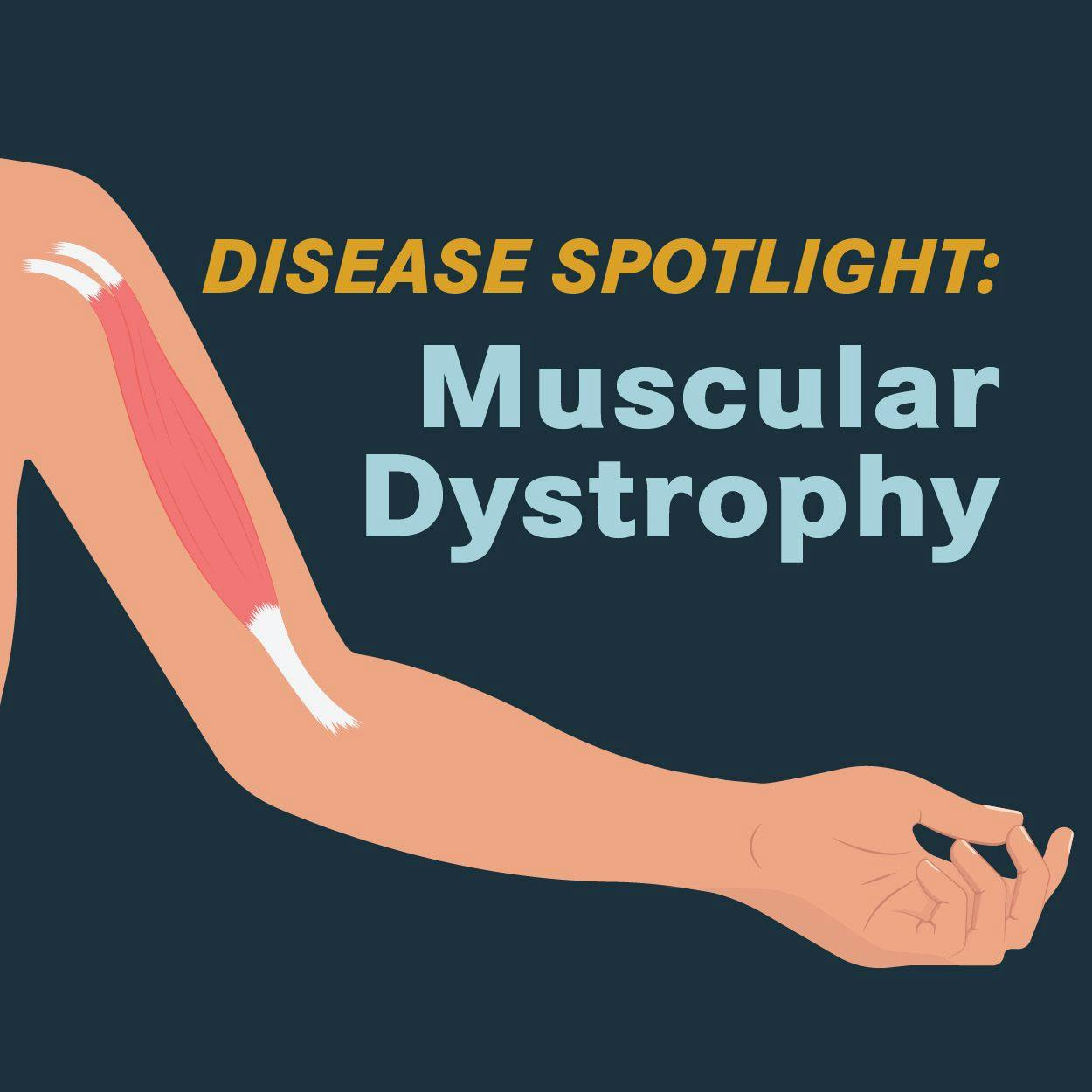Commentary
Video
Promising Preclinical Evidence of Skeletal Muscle Regenerator SAT-3247: Frank Gleeson
Author(s):
The president and chief executive officer of Satellos Bioscience provided an overview of the previously observed preclinical data supporting SAT-3247 as a potential therapy for muscular dystrophies. [WATCH TIME: 4 minutes]
WATCH TIME: 4 minutes
"We also see a dystrophin-independent response in an injury situation in wild type [mice]. We are amplifying regeneration without initiating mitosis. Our agents are not mitogens, they are not proliferative agents. We’re amping up existing regeneration signal so that it happens faster. Not more of it, but faster."
With over 100 speakers and nearly 1500 in-person attendees, this year’s Muscular Dystrophy Association (MDA) Clinical and Scientific Conference was a testament to the advances in neuromuscular medicine. The event featured several different discussions on the introduction of new, novel therapies into the field, the care of patients with muscular dystrophies, and the complexities with gene therapy. In addition, it showcased several emerging concepts and mechanisms of action that may hold promise in the coming future.
One such agent, SAT-3245 (Satellos Bioscience), is a potent, orally available, muscle penetrant, small molecule inhibitor of a highly druggable protein kinase target called adapter associated kinase 1 (AAK1). When inhibited, this protein promotes the functional rescue of asymmetric stem cell division, resulting in the robust production of progenitors in vitro and in vivo. To date, preclinical models have shown that SAT-3245 consistently hits a regenerative response, independent of dystrophin. Although its early in its clinical pathway, SAT-3245 appears to be promising, says Frank Gleeson.
Gleeson, president and chief executive officer of Satellos Bioscience, sat down with NeurologyLive® at the meeting to discuss the preclinical evidence of the agent observed to date. He spoke on the various mouse models and dystrophies SAT-3245 was tested in, and why its mechanism of action bodes well for regenerating lost muscle. Furthermore, he spoke on the importance of a dystrophin-independent response and whether one specific type of muscular dystrophy would benefit most from the small molecule agent.



























